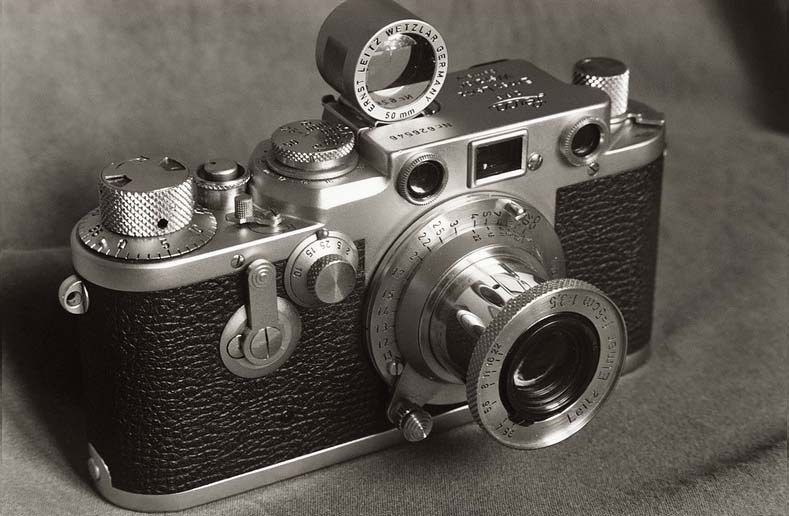Show and tell
The 'Steve Jobs was an amazingly creative thinker and leader' anecdotes will seemingly not be stopping anytime soon, and that is probably just fine. One of the latest, and that particularly caught my attention was related in this recent piece on Business Insider, Here's the Simple Yet Brilliant Challenge Steve Jobs Posed to Employees During Product Meetings. 
Here is an excerpt from the BI piece:
Ken Rosen, a managing partner at consulting agency Performance Works, which worked with Jobs at Apple and at NeXT, shared one way Jobs was able to get the NeXT team thinking about design from different angles.
The challenge was simple: each person would bring a product he or she respected into their team meeting.
"It could be anything, [even] a paperclip," Ken Rosen, who worked in marketing at NeXT, tells Business Insider. "People brought in very different products, from electronics to a paper notebook to a jump rope."
Jobs wasn't interested in criticizing or judging the employee based on what product he or she brought in. Rather, the assignment was about broadening the way the team thought about product design.
[Jobs] just really wanted to develop an organization where people knew what good products were," he says. "He wanted to develop a vocabulary and a kind of nuanced sense of judgement about what a good product really was."
I think this story is cool for at least two reasons. One, it shows a willingness and a predisposition to look for ideas, inspiration, and even answers to NeXT's particular product and design challenges from just about anywhere. Notice Jobs did not instruct his team to bring in examples of their favorite competing computers or even broadly similar products in the electronics family. He asked them to bring in any products that resonated with them.
Good ideas can come from everywhere, anywhere really.
The other reason this story is cool is that it probably helped Jobs understand better the point of view and the design sensibilities of the members of the NeXT team. It is one thing for a team member to sit in a meeting and offer comments on a design sketch or a prototype, but it is quite another for that same person to carry in an object or a product and explain to the group what it is about that object that they find compelling. The exercise wasn't really about rating or evaluating any of the particular objects that the team brought in, but rather to think and see what good product design really was.
Fun story for sure. Probably something worth trying sometime in your shop as well. And of course after reading I had to think about what product or object I would bring in for workplace show and tell...
Hmm. I do love my little Acer Chomebook, (used to write this piece). I also might consider my Adidas Superstars, (classic sneakers for the uninitiated).
Good question.
What would you bring in for show and tell?

 Steve
Steve


